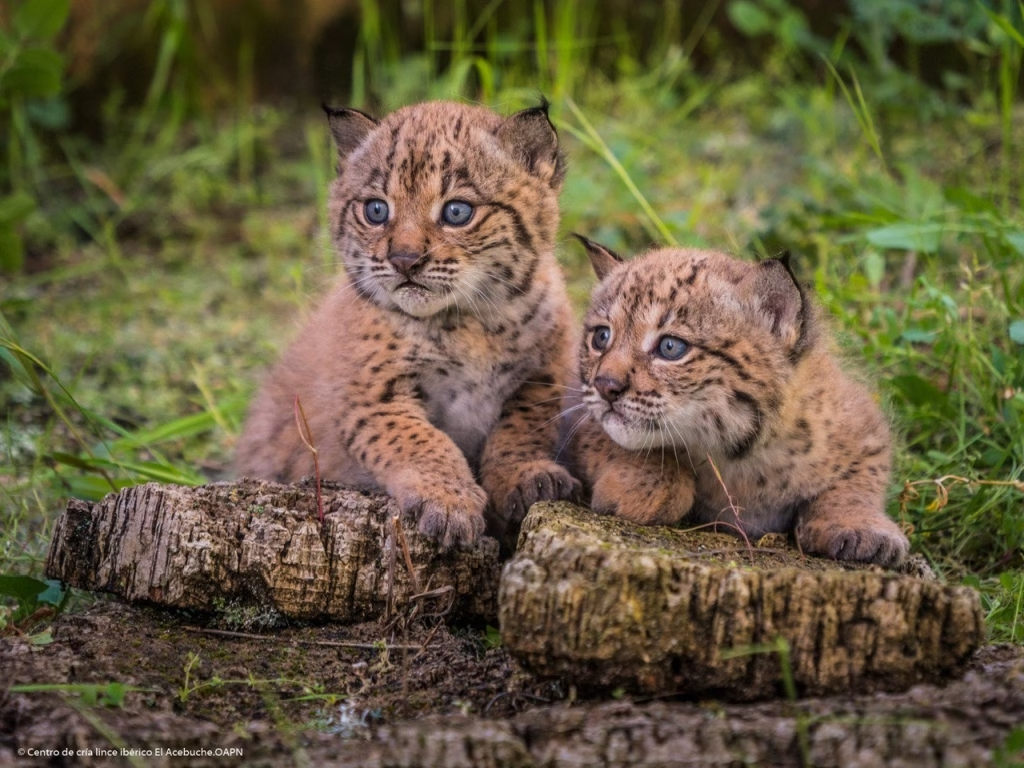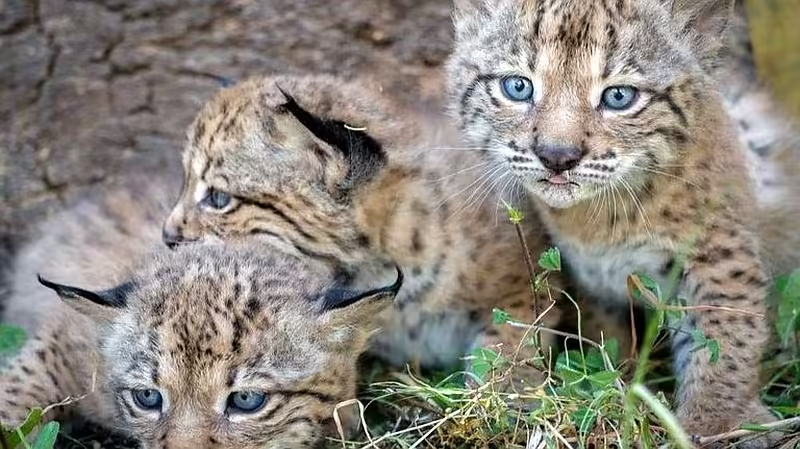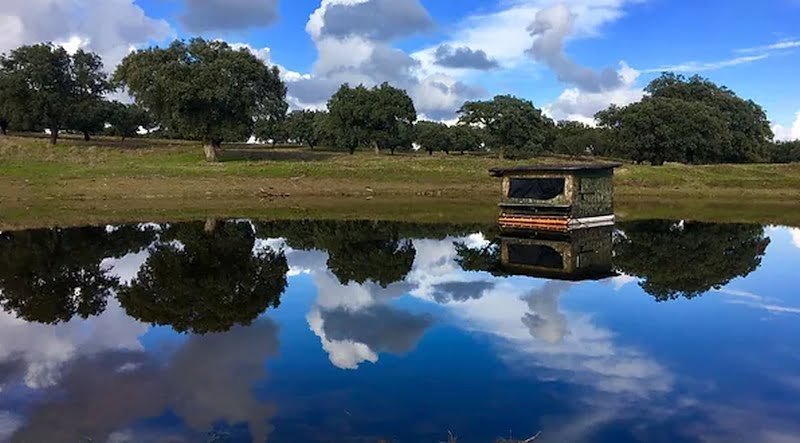The Iberian lynx (Lynx pardinus), once critically endangered, has reached its highest population ever recorded. As of 2024, there are 2,401 wild Iberian lynxes across Spain and Portugal. This 19% increase over the previous year marks a milestone in one of Europe’s most ambitious conservation programs. From fewer than 100 in 2002, the species is now expanding in both range and breeding strength—yet challenges remain. (Iberian Lynx Population Reaches 2401 in 2024)
I’ve been living in this lovely area of Western Andalucia for the last 20 years or so and dedicate most of my time to the running of English language tourist information websites for the towns of Cádiz, Ronda, Grazalema, the famous or infamous Caminito del Rey, and also Wildside Holidays, which promotes sustainable and eco-friendly businesses running wildlife and walking holidays in Spain. My articles contain affiliate links that will help you reserve a hotel, bus, train or activity in the area. You don’t pay more, but by using them you do support this website. Thankyou!







